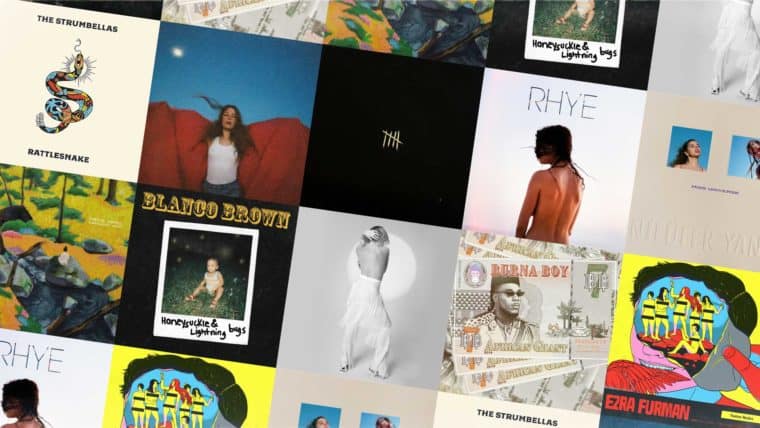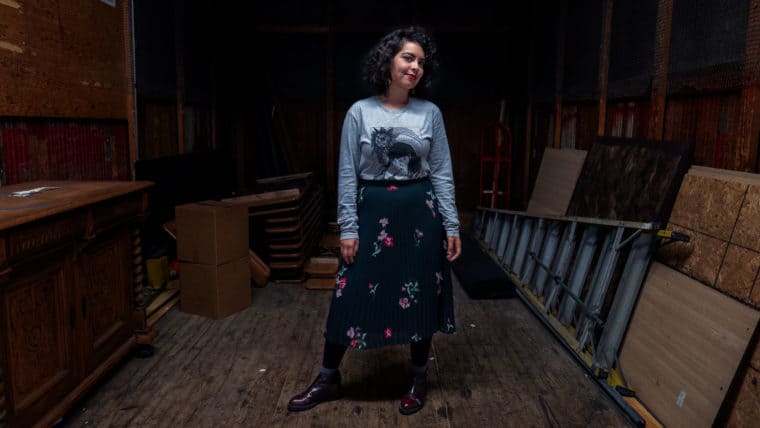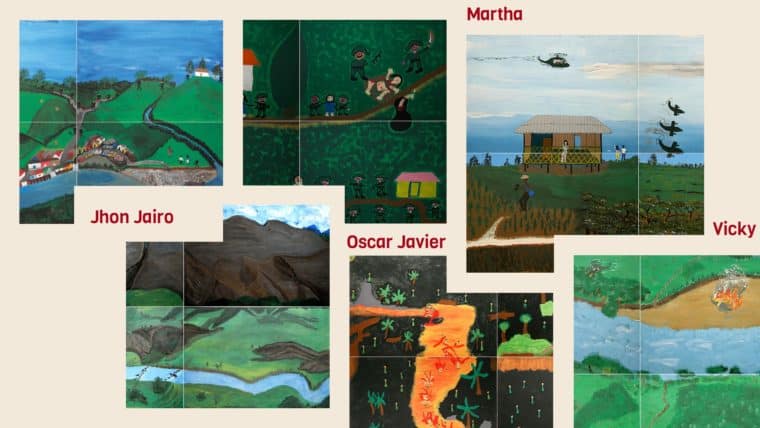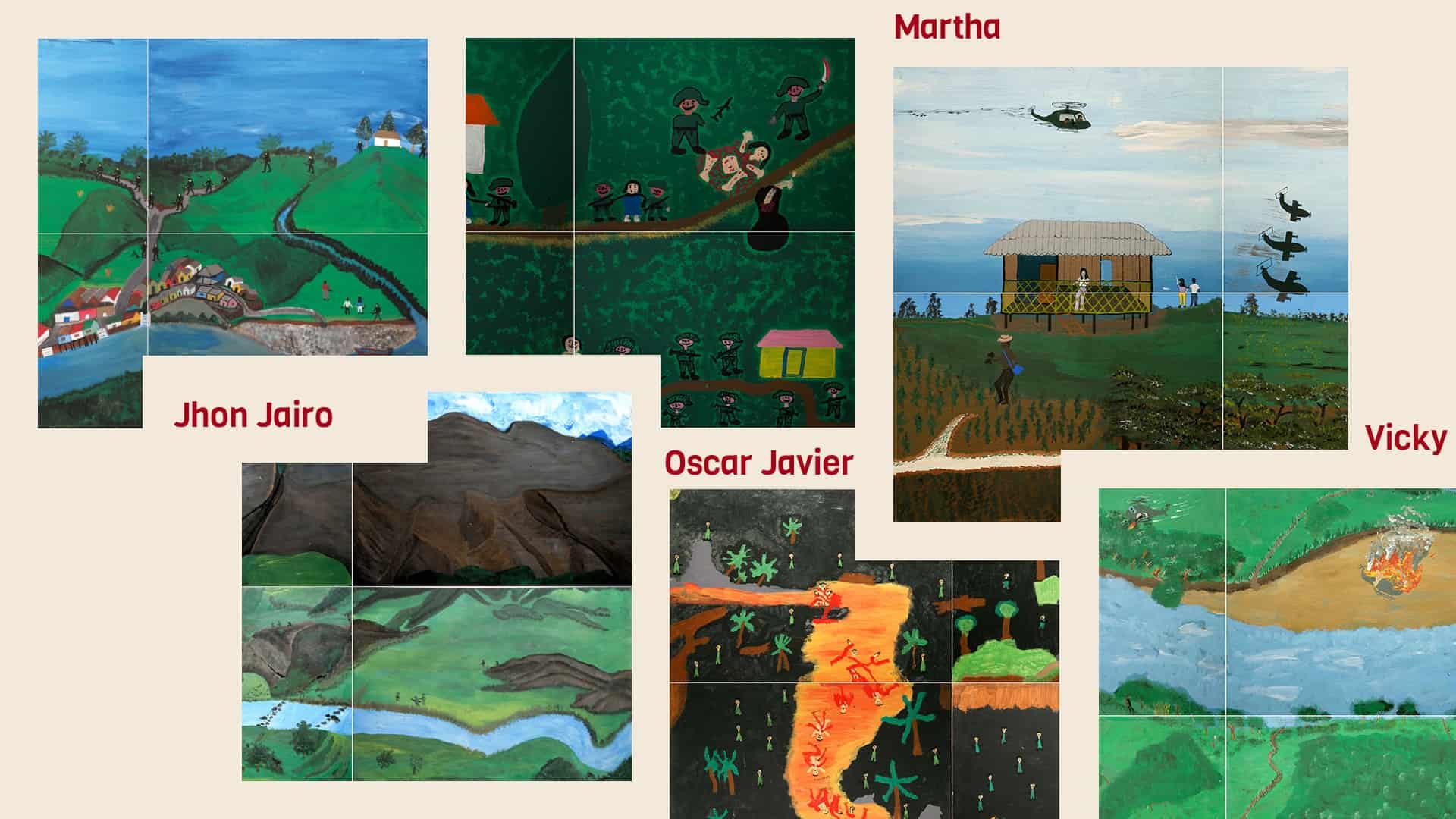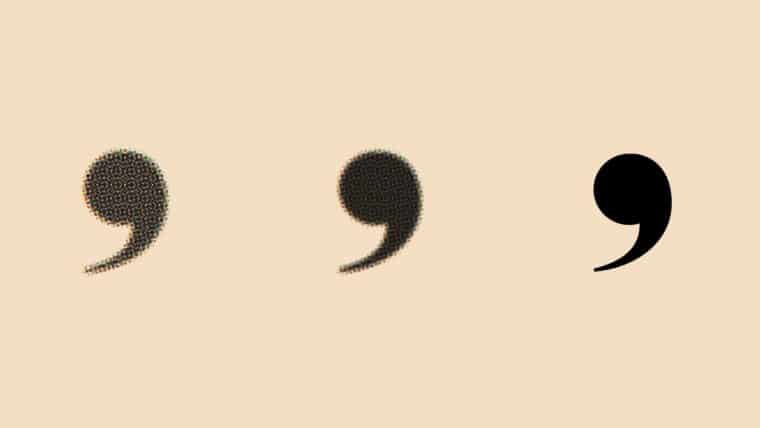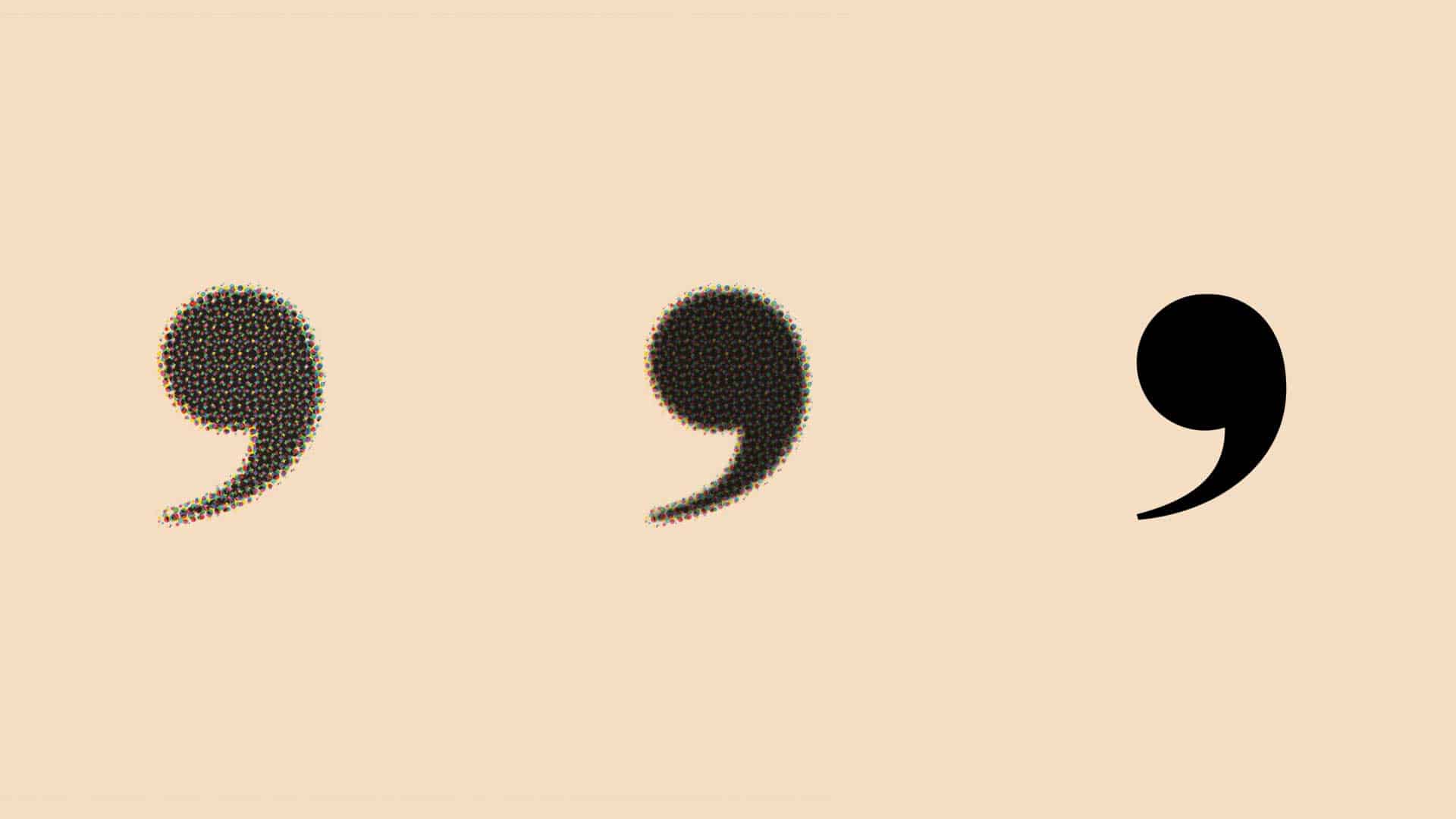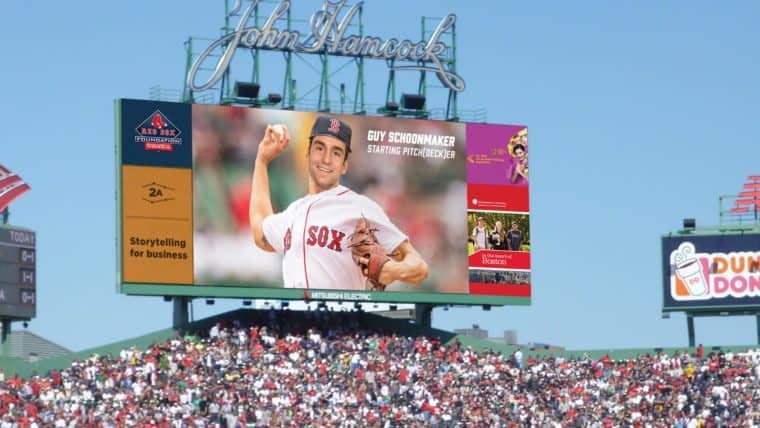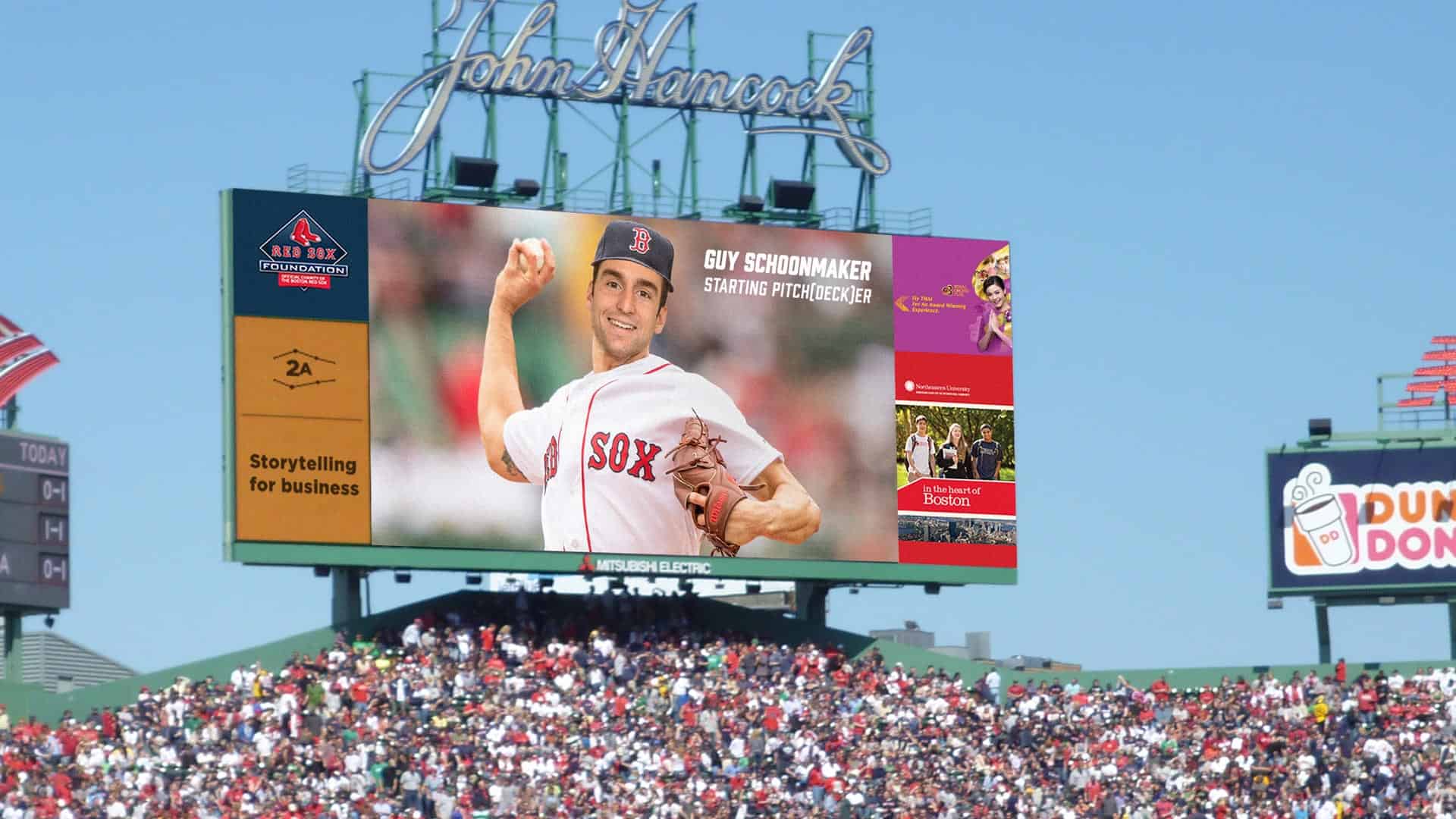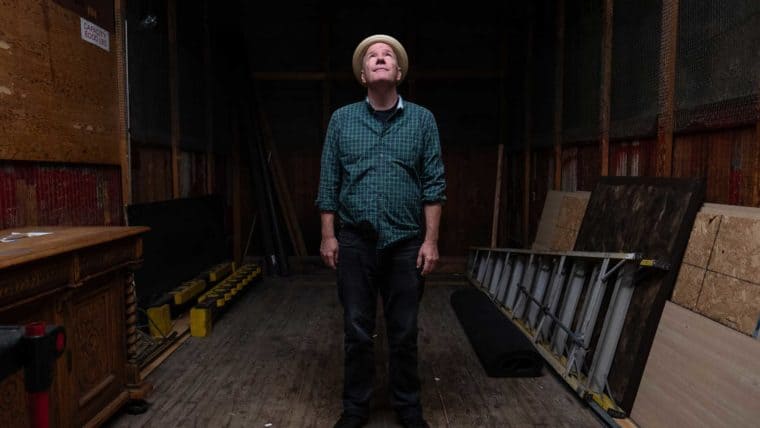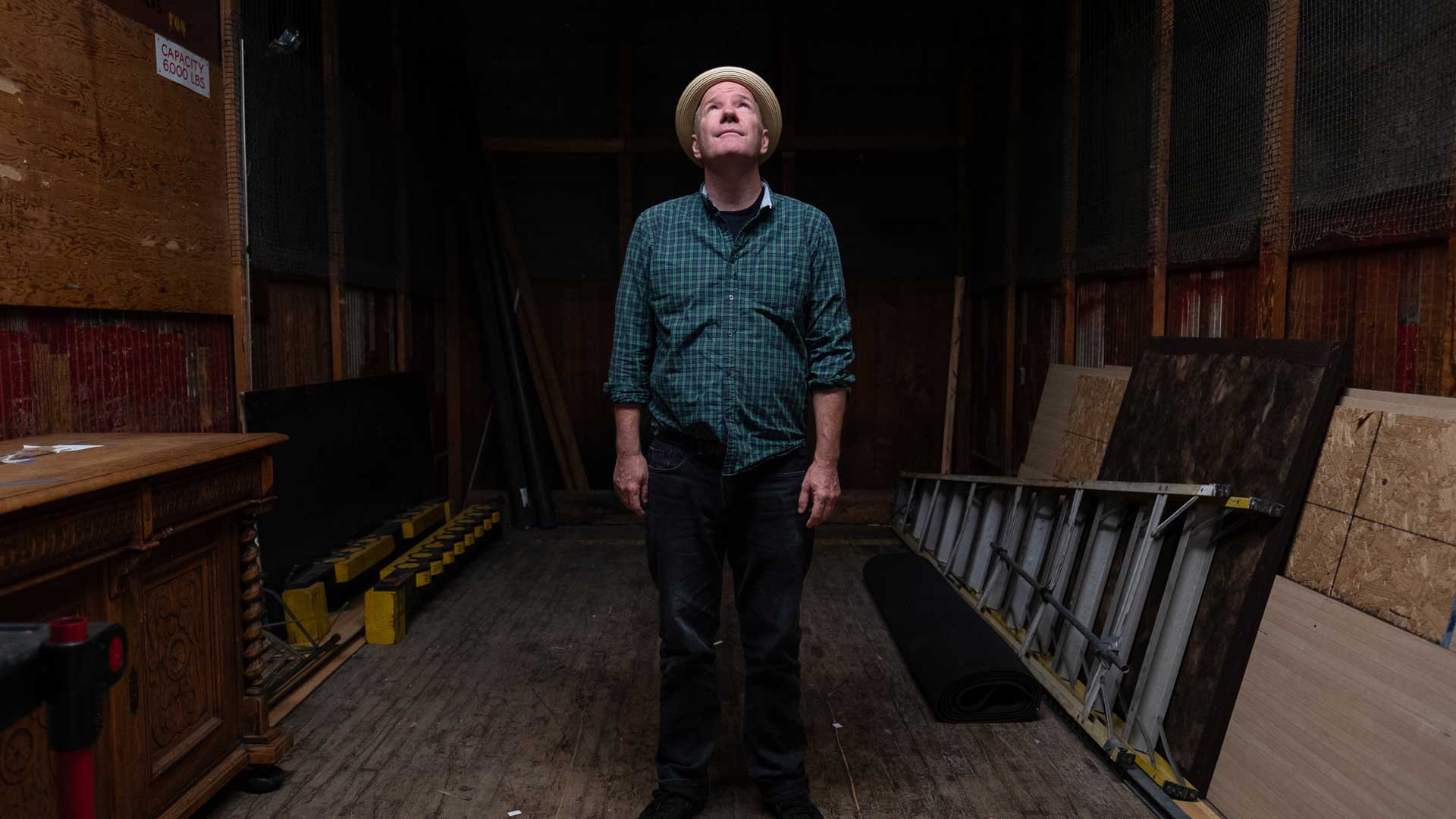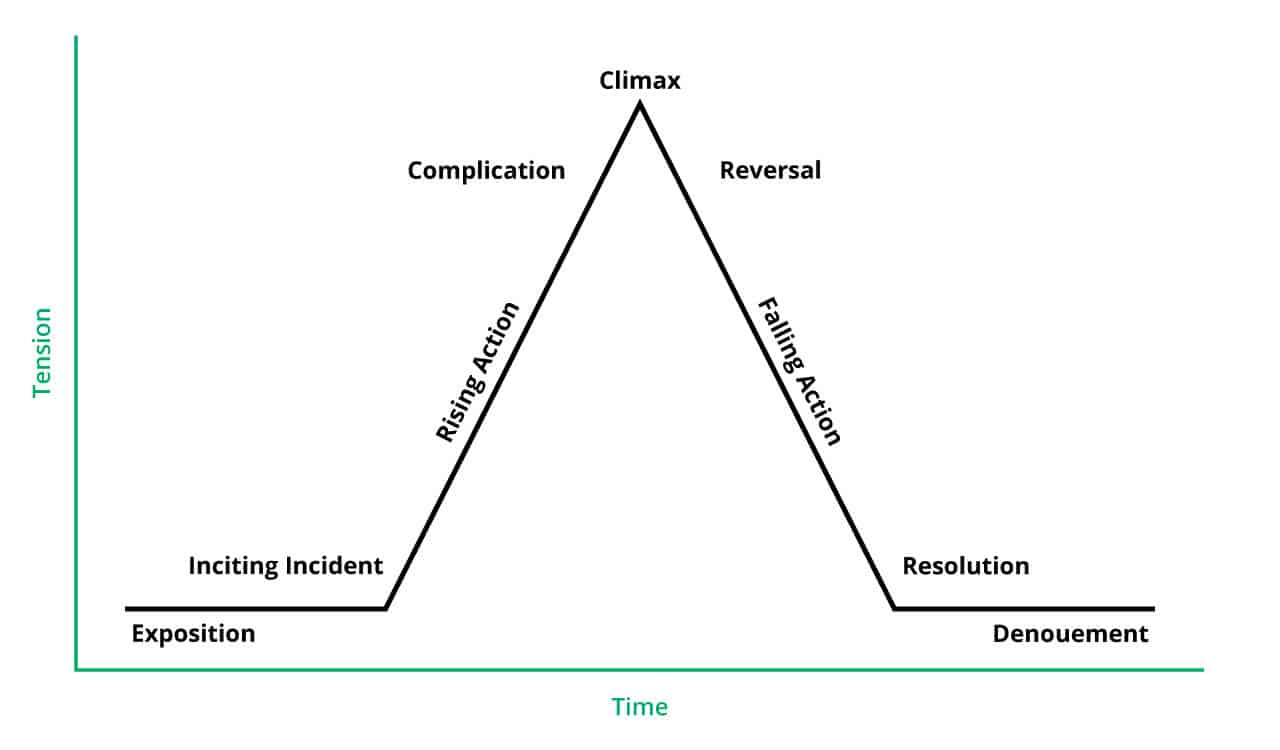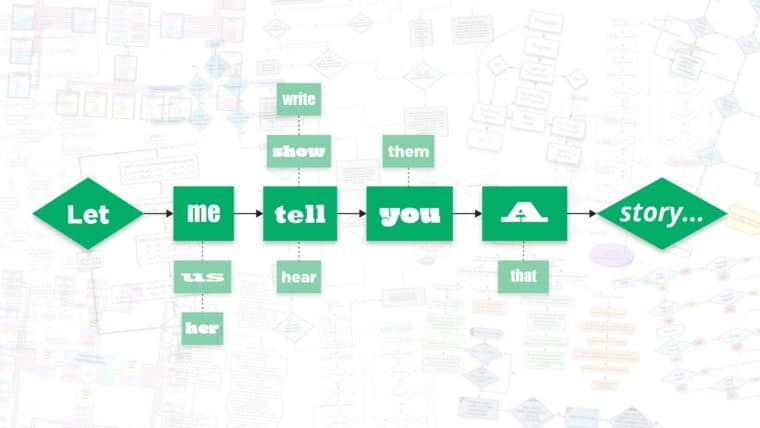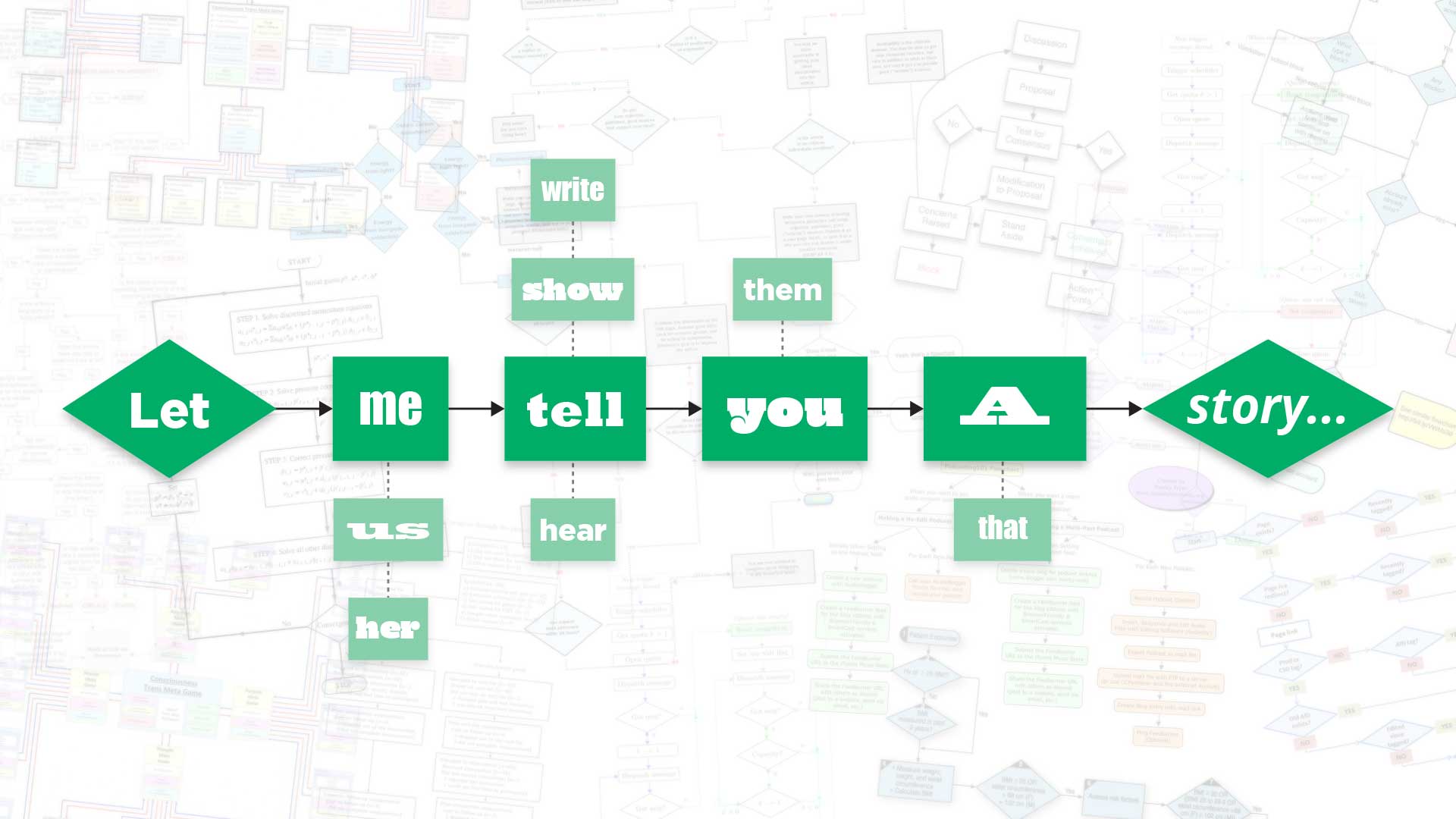
At 2A we’re used to hearing about how disruptive technological innovation can be good for business and sometimes down-right necessary. It’s interesting to look back 20 years and remember how the early days of MP3s and file sharing began to “destroy the music industry”. Platforms like Napster meant leaked albums spread like wildfire and bands like Metallica (or more so, their record labels) were losing out on millions of dollars. As a result, the RIAA waged all-out war on consumers under the guise of protecting artists, which alienated fans.
It was a digital transformation that none of the involved businesses wanted to take place and fought hard to prevent. However, two decades after a couple of college kids had a questionable use case for peer-to-peer software, we have a revolutionized, stable industry that flourishes in ways previously unimagined. Services like Apple Music, Spotify, and Amazon Music allow their end users to explore and consume music on a scale like nothing before. The walls have fallen on both sides too; artists enjoy significantly reduced barriers to reaching a global audience. And even more, this revolution has rippled throughout all things media (see Netflix, Hulu, and Disney Plus), and even influenced software platform models, à la software as a service.
It begs the question – when it comes to technology, when do we switch from worrying about what will be lost and start exploring what can be gained? This is one of many concepts in digital transformation we tackle when we develop marketing strategy for our enterprise tech clients. While you ponder the future of disruptive tech in entertainment, why not queue up some of the albums the 2A team found on heavy rotations this year, ‘coz hey—after all that’s changed, people are still making music.
- Nilüfer Yanya – Miss Universe (Indie rock/soul) “On her debut album, Nilüfer Yanya creates jazz-infused, scrappy pop that bounces back and forth between soulful slow-burners and hooky, guitar-driven jams. I saw her live this year and she rocked.” – Nick Dwyer
- Sault – 5 (Funk/neo soul) “Propulsive, mysterious and a little rough, Sault’s 2019 album caught me by surprise and I can’t stop listening.” – Abby Breckenridge
- Ezra Furman – Twelve Nudes (Rock/art pop) “This album is a queer and trans refuge to hide inside when overwhelmed by the world and the constant weight of the news. It’s got a punk edge that is much more visceral and raw than his previous works.” – Annie Unruh
- The Strumbellas – Rattlesnake (Indie rock/alt country) “Their second album really shows how they’ve grown with their families and as a group. Plus, they’re Canadian.” – Don Selkirk
- Blanco Brown – Honeysuckle & Lightning Bugs (Country/hip hop) “Blanco Brown’s debut album sits comfortably at the cross roads of hip hop and country music, exploring the soul that underpins both genres with heartwarming charm. Plus, my kid LOVES The Git Up!” – Drue Stewart
- Carly Rae Jepsen – Dedicated (Synth-pop/dance) “A bright and danceable album, with a lovelorn tinge of melancholy infused among the polished synthpop tracks.” – Thad Allen
- Octo Octa – Resonant Body (House/breakbeat)“Octo Octa’s work dances around iconic rave textures, vocals samples, and drum loops to create a hazy 90s warehouse party vibe that hits the spot anytime of the day. It’s 3am somewhere!” – Kyle Luikart
- Maggie Rogers – Heard it in a Past Life (Pop/folk pop) “There’s something entrancing about Maggie’s voice that makes all the millennial girls close their eyes and sway their arms in the air.” – Rachel Sacks
- Kate Tempest – The Book of Traps and Lessons (Spoken word/hip hop) “Kate’s lyrical talents and emotionally charged delivery call out the realities of racism, self-destructive habits, social media, climate change and Brexit-era complications while resolving on a theme of love and the necessity of connection.” – Melanie Hodgman
- Rhye – Spirit (R&B/downtempo) “I saw them open for Leon Bridges at The Hollywood Bowl July 5th this year. They use all sorts of string instruments to generate def beats.” – Julie Lowy
- Burna Boy – African Giant (Reggae/dancehall) “My buddy Dre Skull did a song with Burna Boy on this beautiful and generous album.” – Daniel Schmeichler


